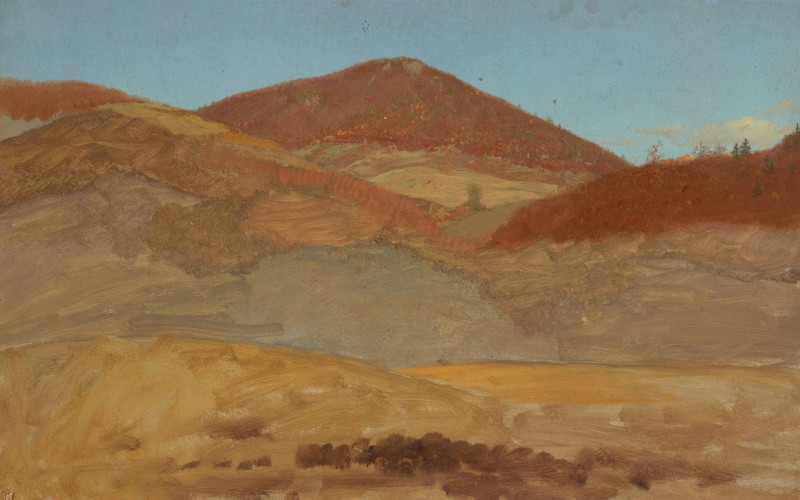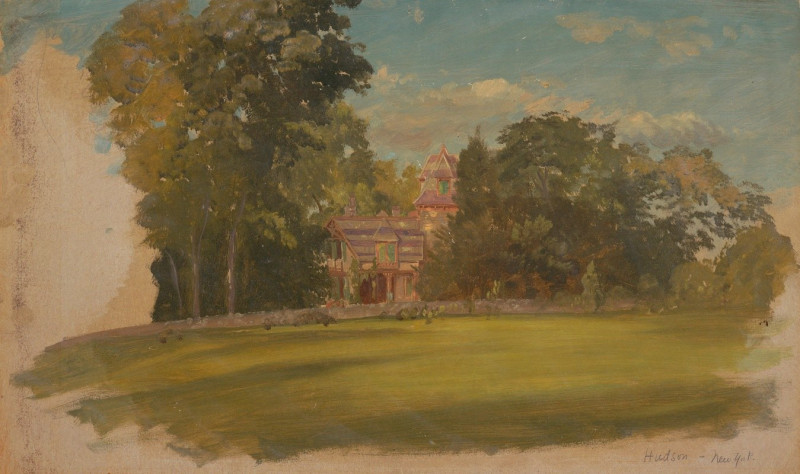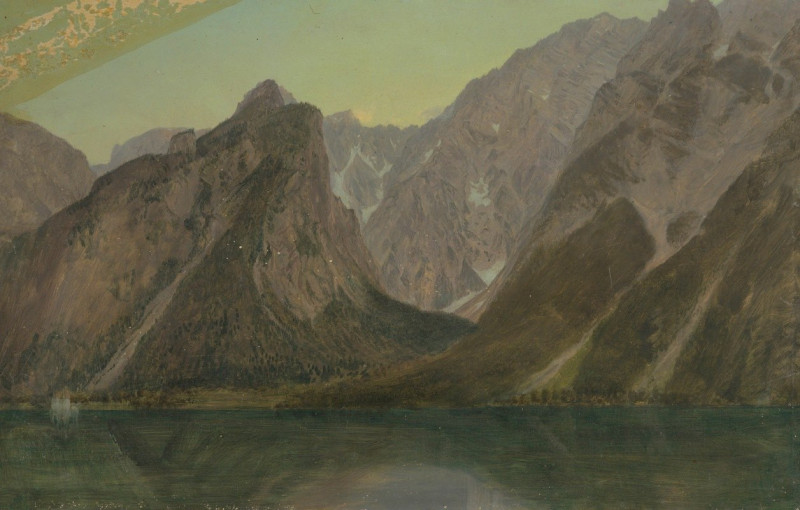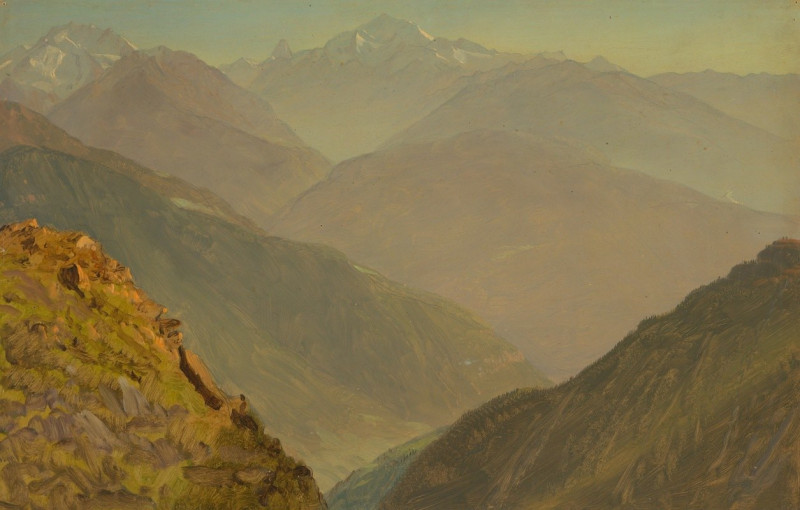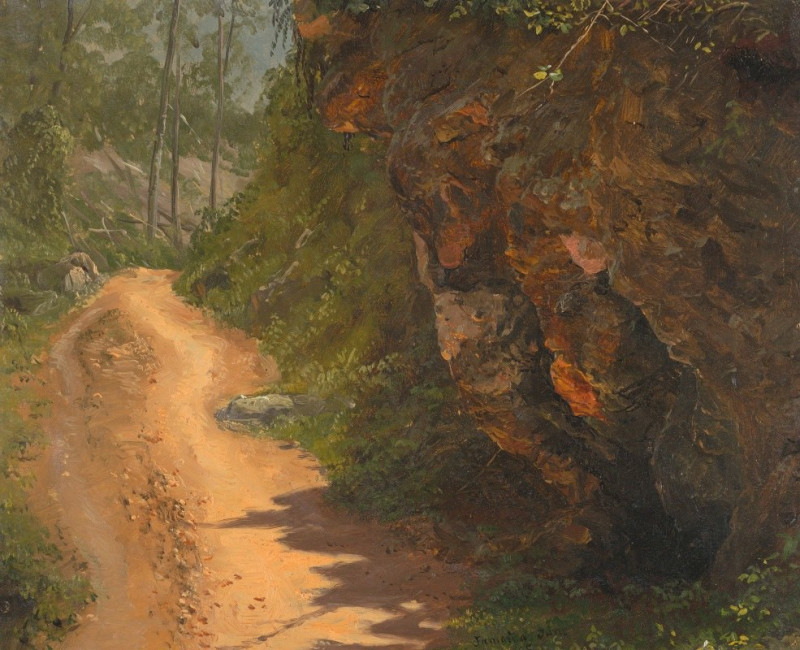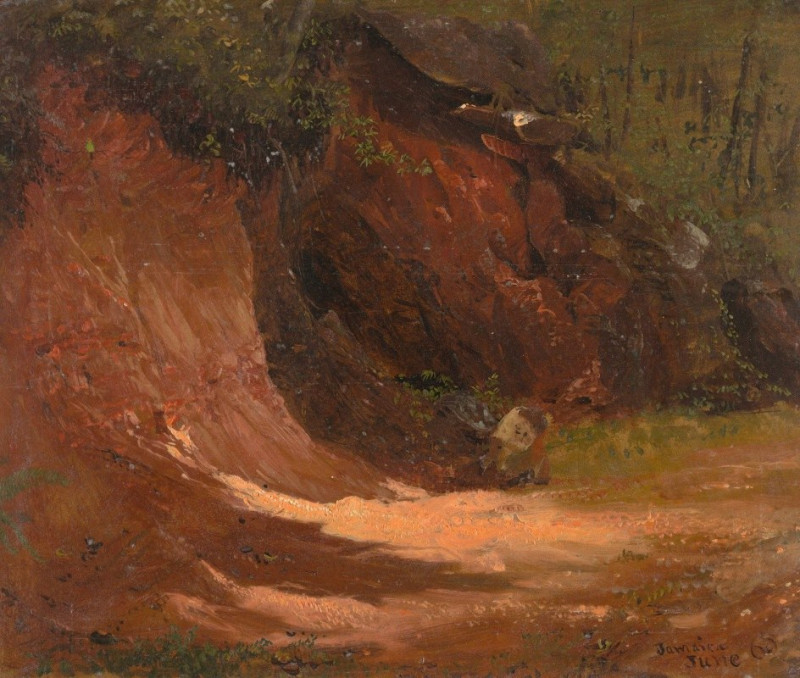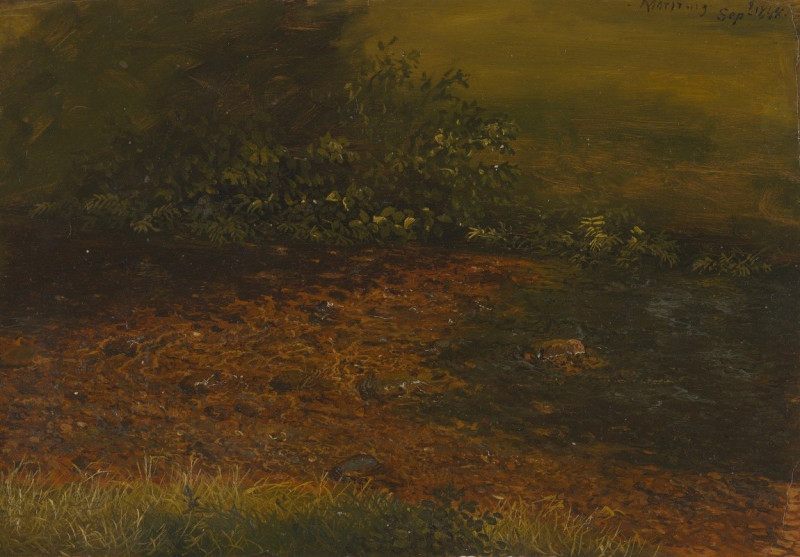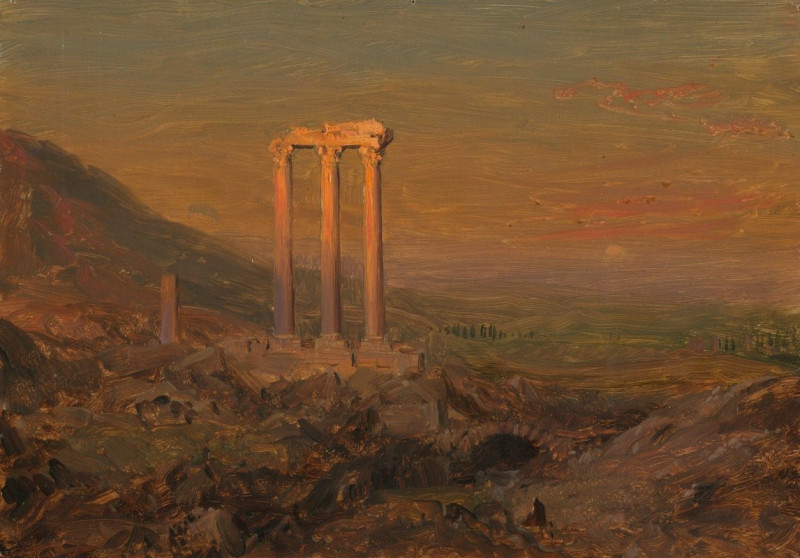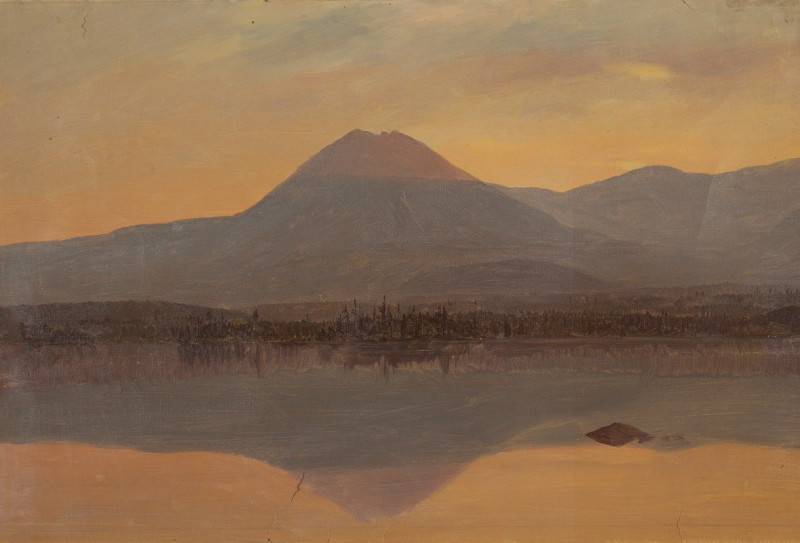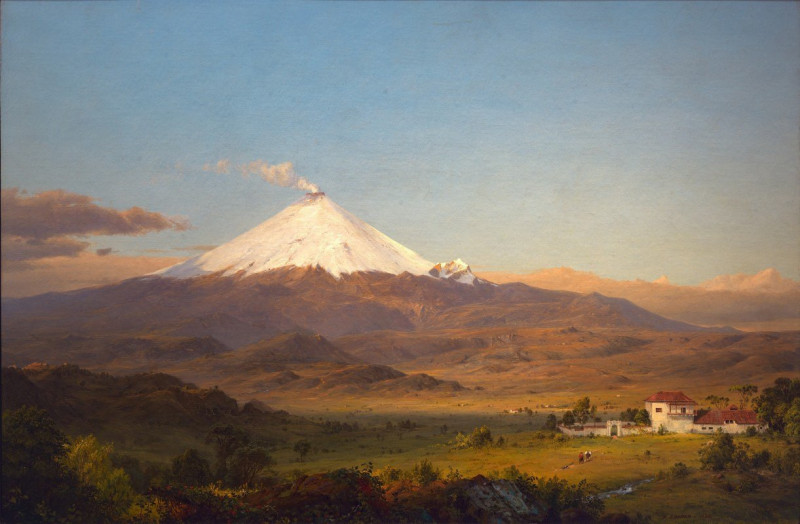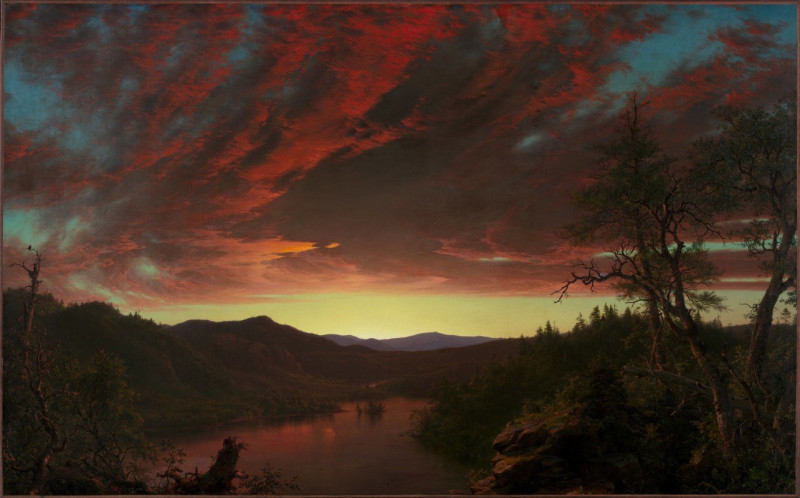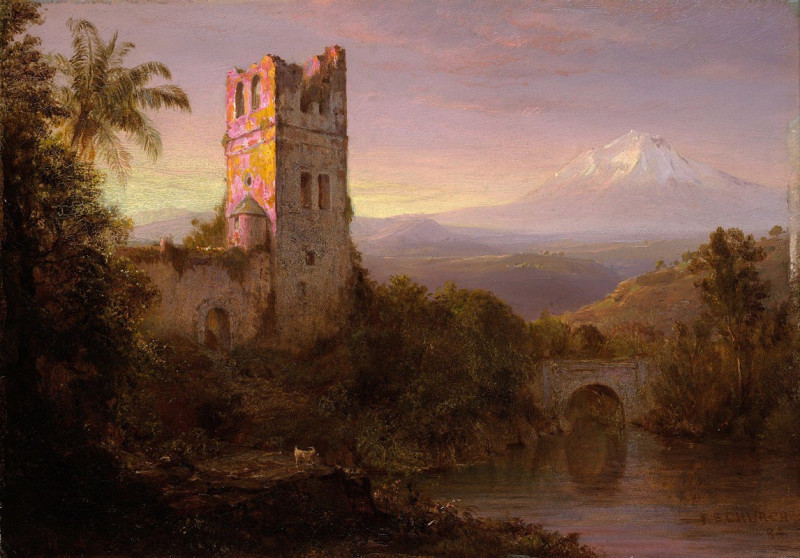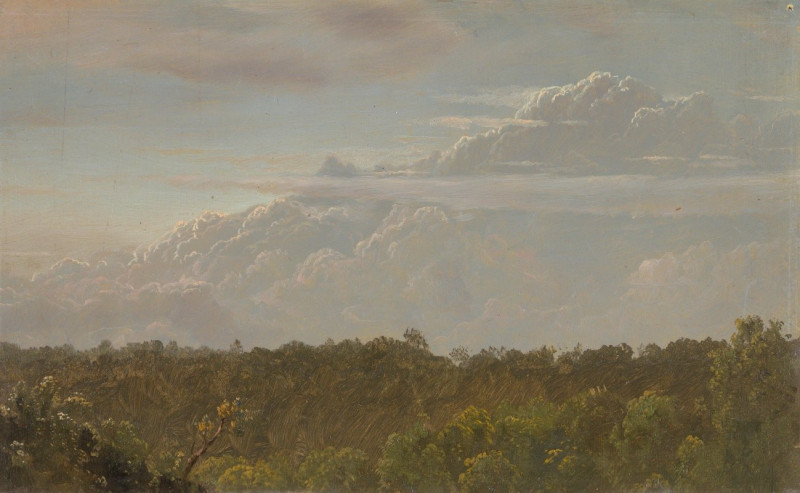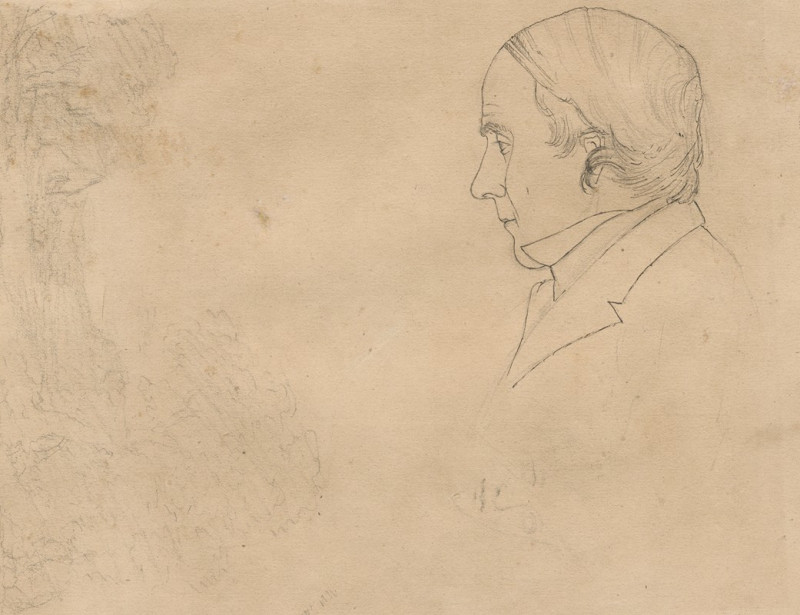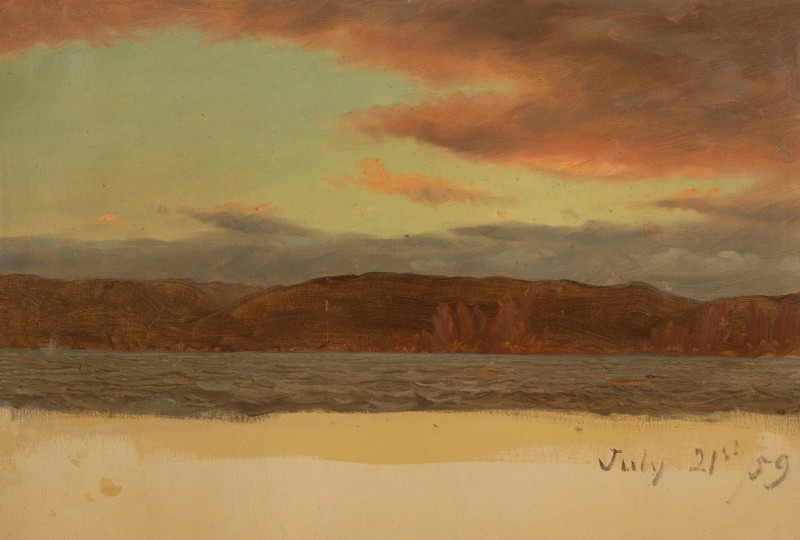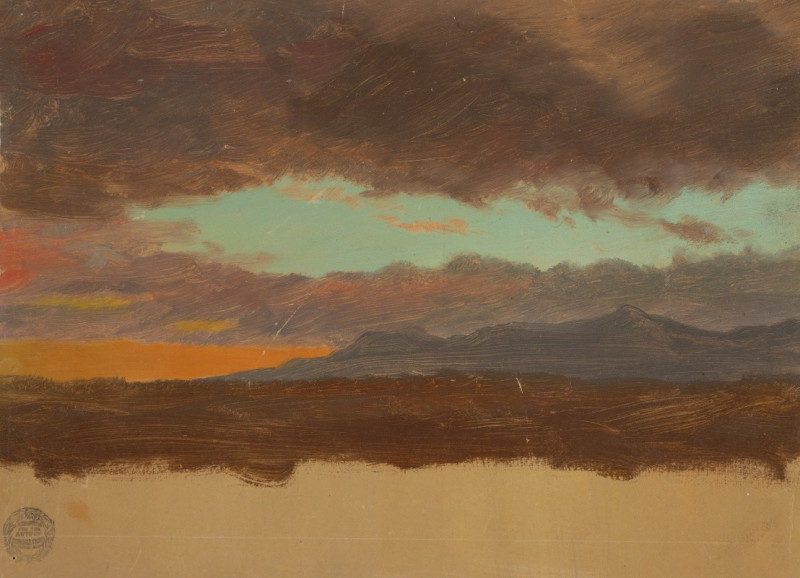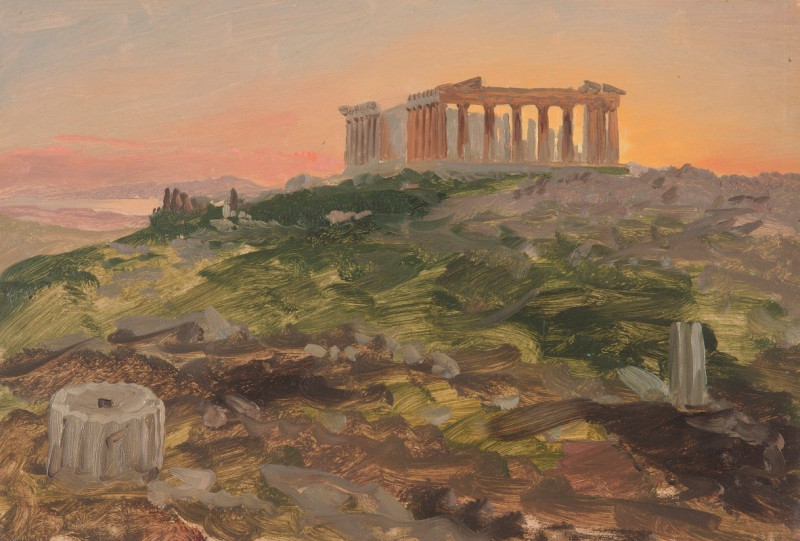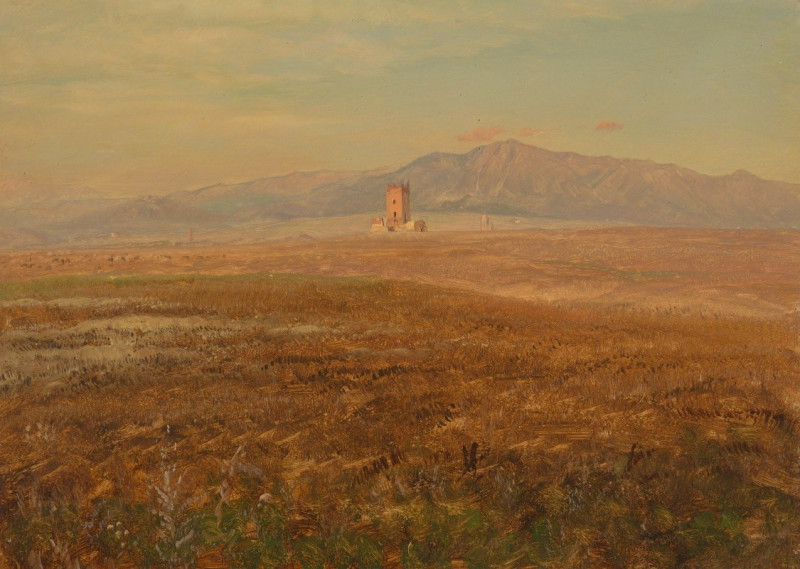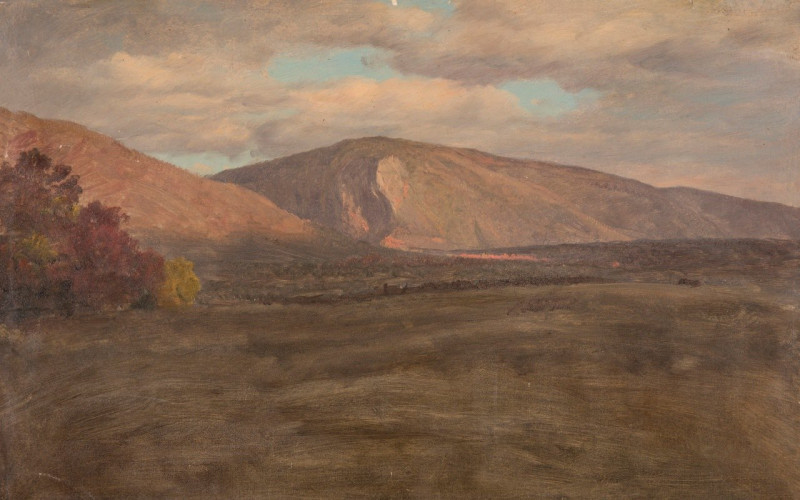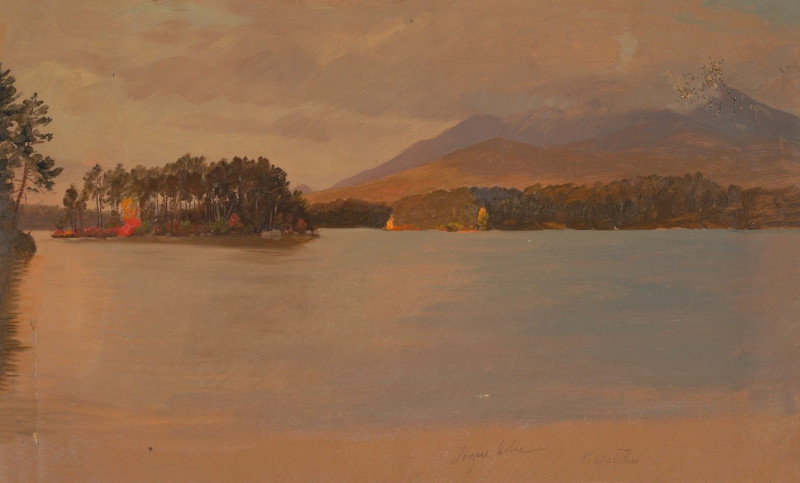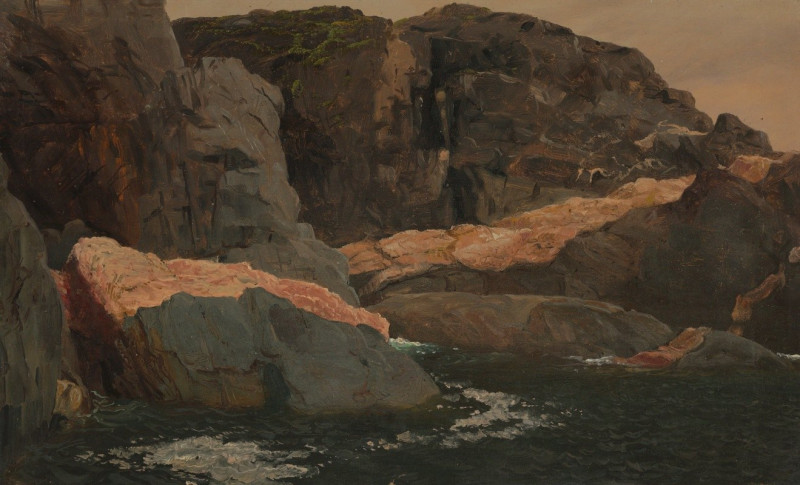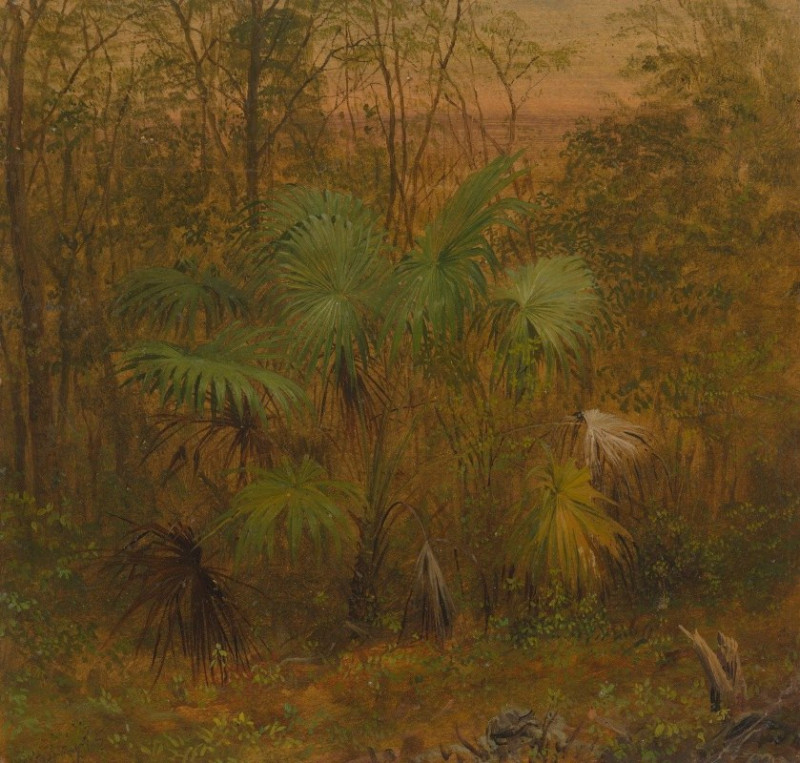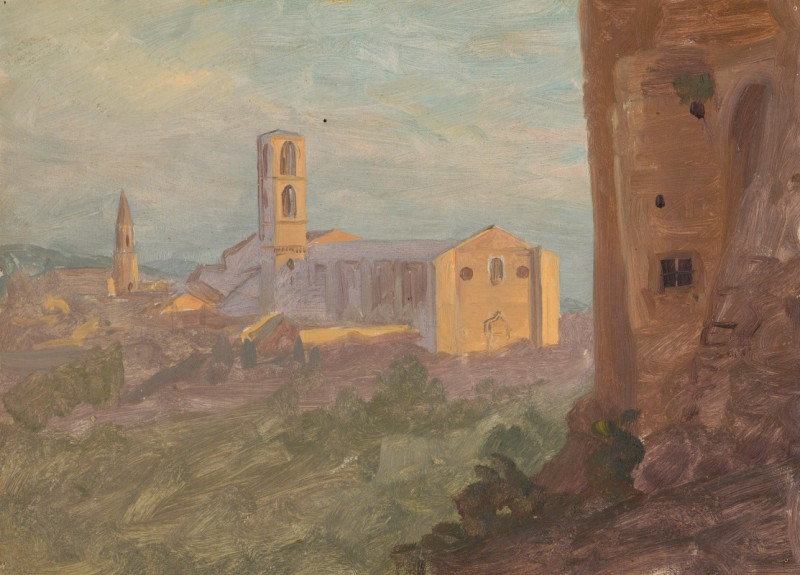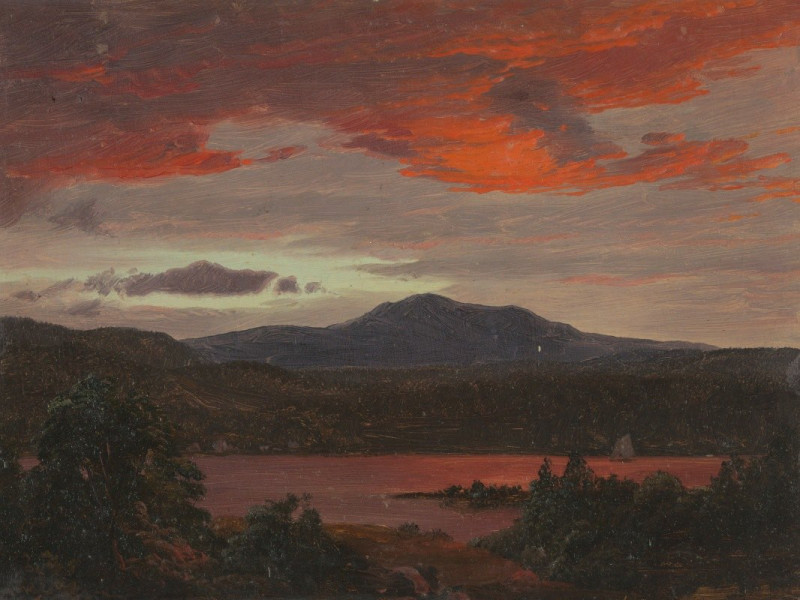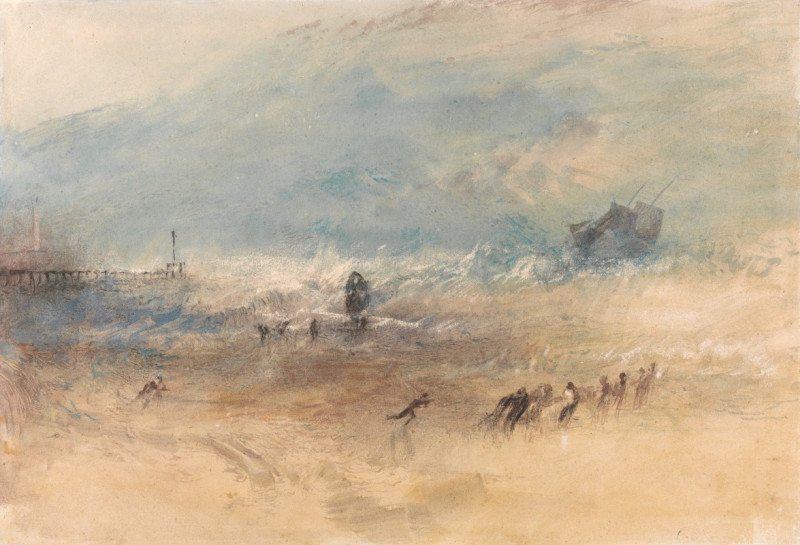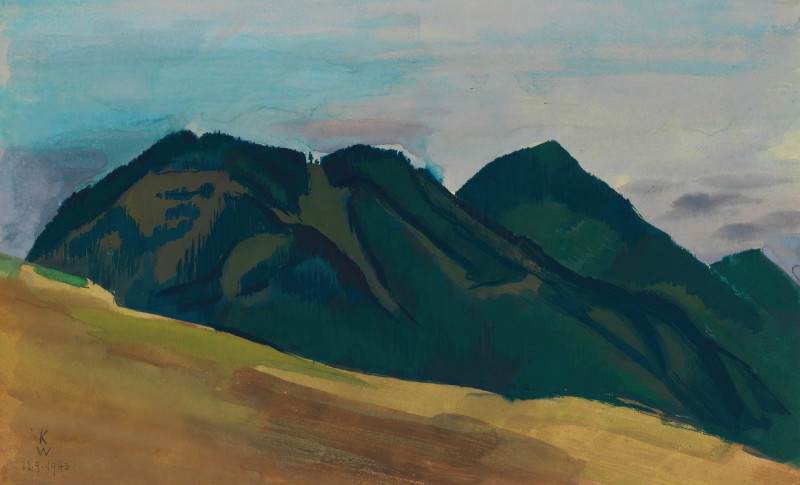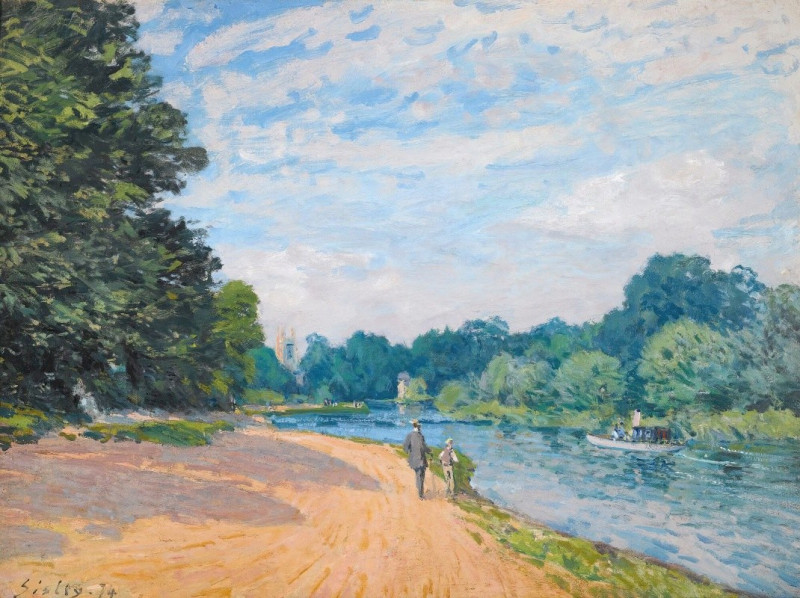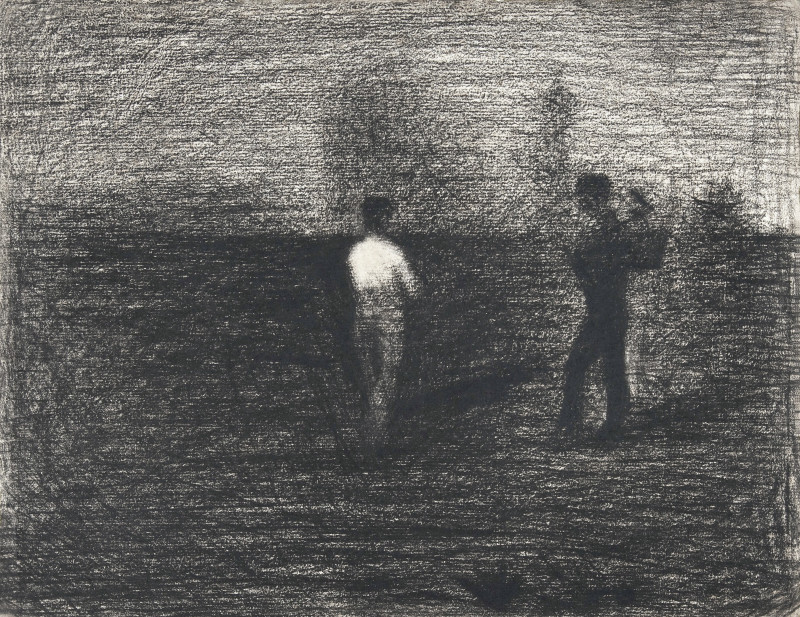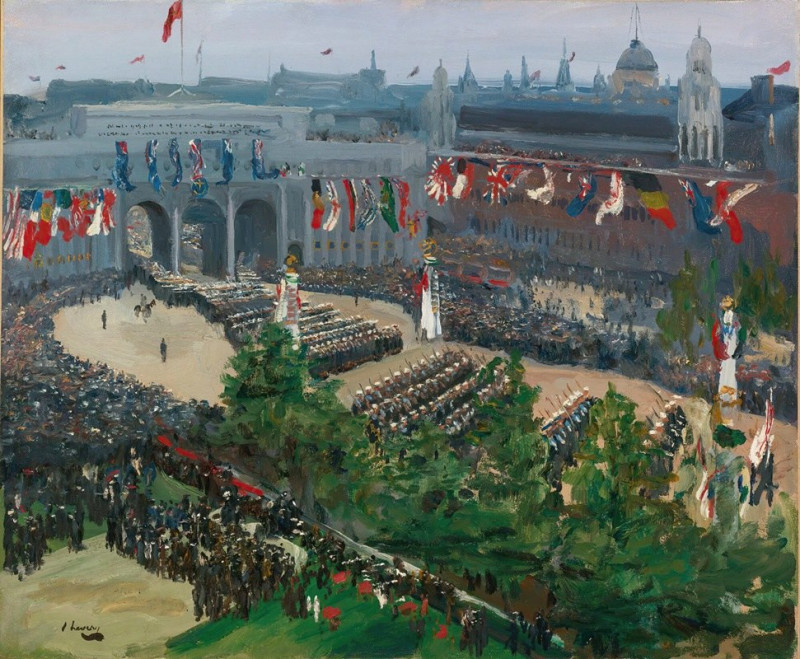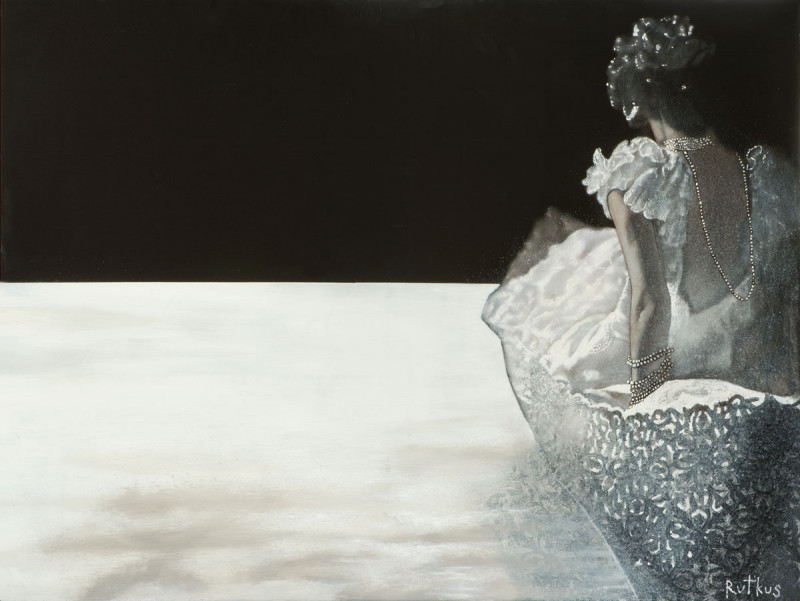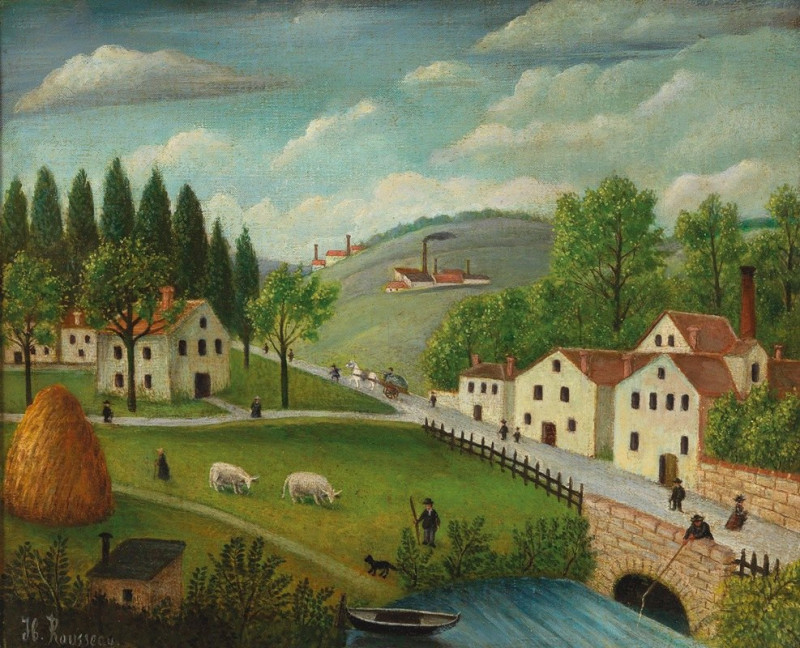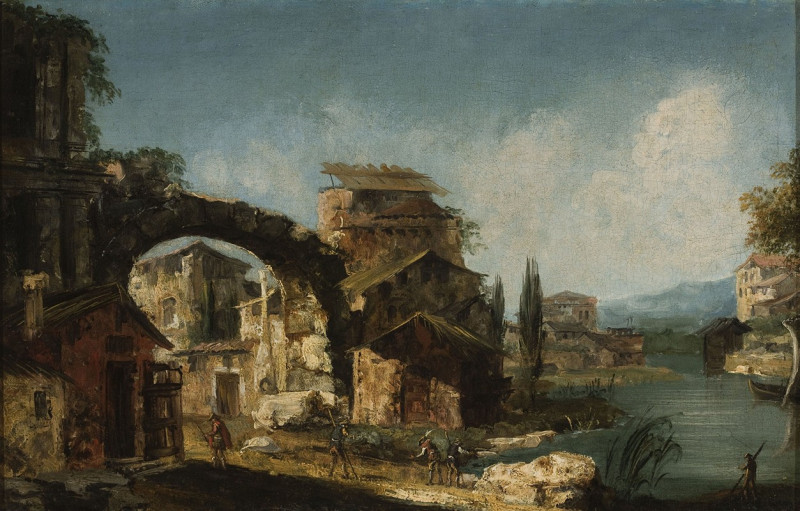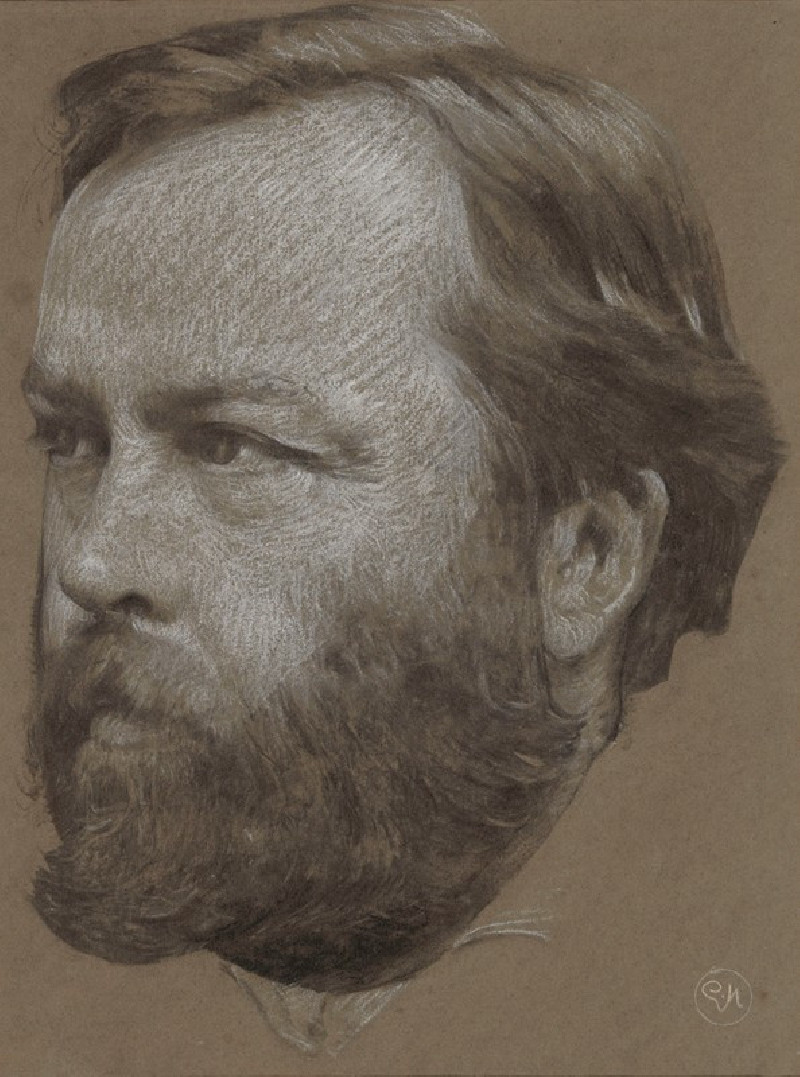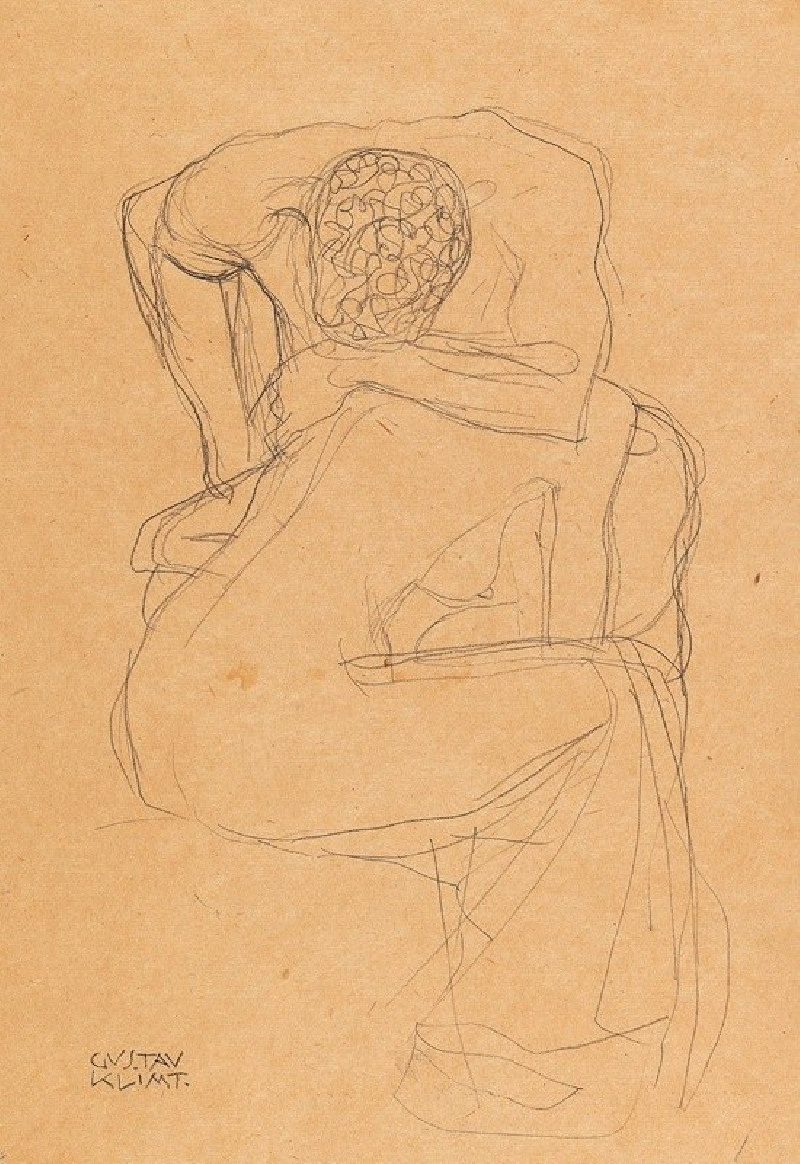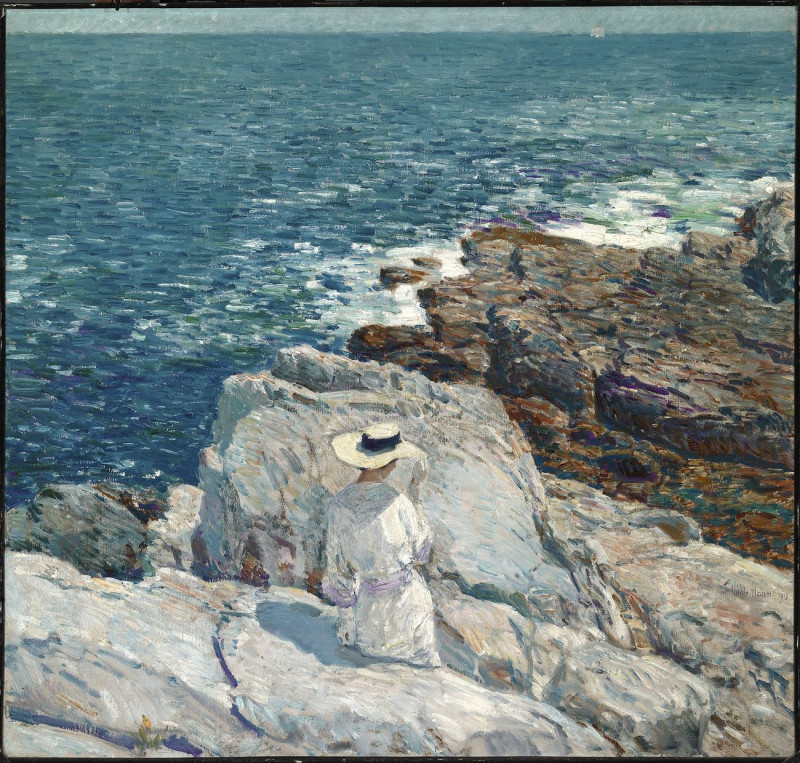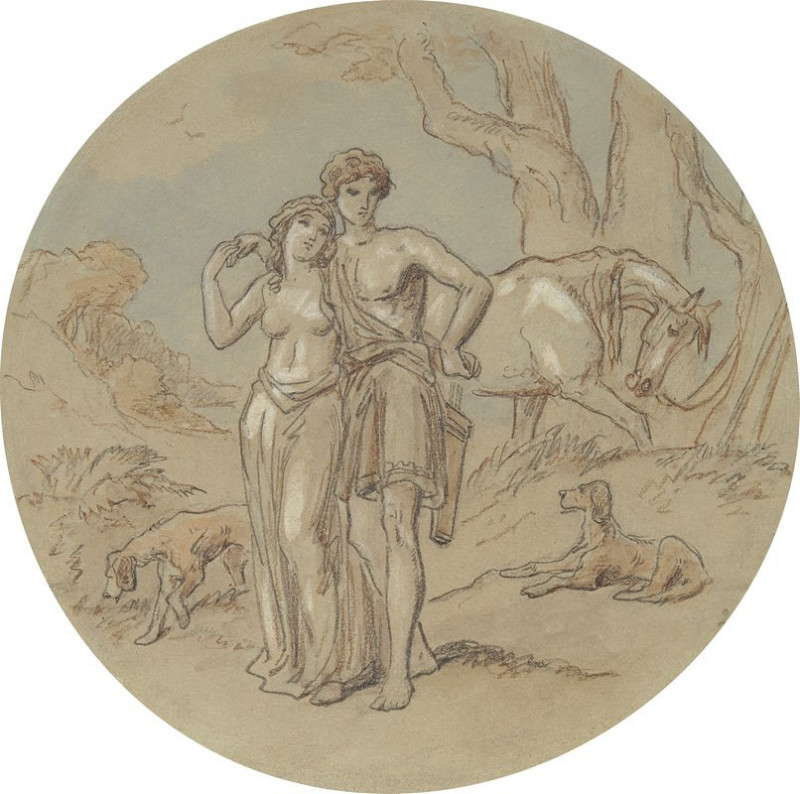Hilly Landscape, autumn (1870–80)
Technique: Giclée quality print
Recommended by our customers
More about this artwork
Frederic Edwin Church, a central figure in the Hudson River School of painting, captures the effervescent glory of autumn in his evocative landscape titled "Hilly Landscape, autumn (1870–80)." This painting embodies the serene beauty and vibrant colors of the fall season.In this image, Church portrays a vast expanse of rolling hills under a wide-open sky. The foreground features beige and brown tones of the barren fields and possibly cultivated lands that gently rise to meet the mountains in the distance. As the viewer's eye moves towards these hills, it is greeted by a rich tapestry of autumnal reds and oranges, depicting the season's quintessential foliage.The mountains themselves, bathed in deep shades of vermilion and flecks of green, dominate the landscape, hinting at the robust, untamed wilderness. These colorful ranges recede into the background under a pale blue sky, suggesting the crispness of an autumn sky, possibly at dusk or dawn when the light casts long shadows and enriches the colors of nature.Church's adept use of varied brushstrokes and contrasting colors captures the undulating texture of the terrain and the dense patches of trees that dot the landscape. His composition leads the viewer's gaze through a naturalistic journey, exploring the serene and majestic environment that characterizes his work."Hilly Landscape, autumn" not only showcases Church's masterful rendering of natural scenery but also evokes a sense of tranquility and the fleeting beauty of autumn—a reminder of the changing seasons and the perpetual rhythm of nature.
Delivery
Returns
Frederic Edwin Church (May 4, 1826 – April 7, 1900) was an American landscape painter born in Hartford, Connecticut. He was a central figure in the Hudson River School of American landscape painters, best known for painting large landscapes, often depicting mountains, waterfalls, and sunsets. Church's paintings put an emphasis on realistic detail, dramatic light, and panoramic views. He debuted some of his major works in single-painting exhibitions to a paying and often enthralled audience in New York City. In his prime, he was one of the most famous painters in the United States.

